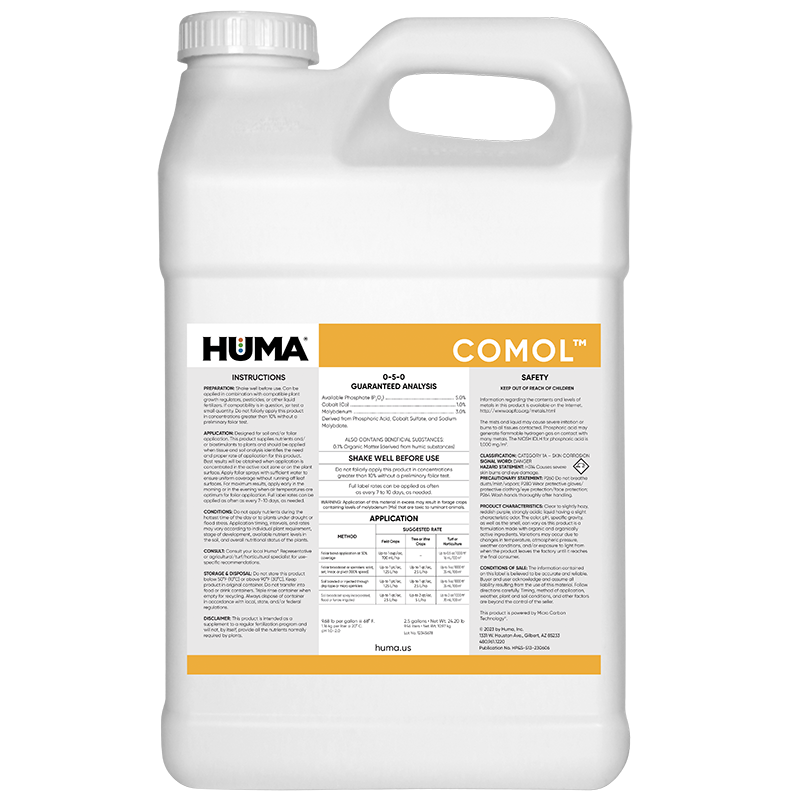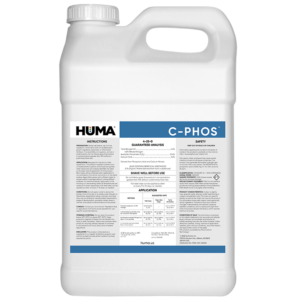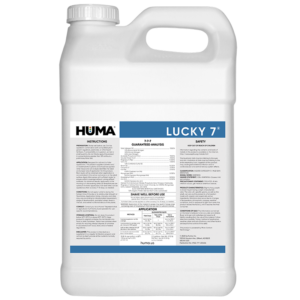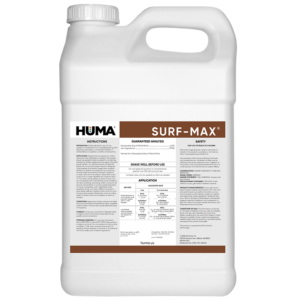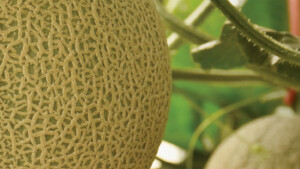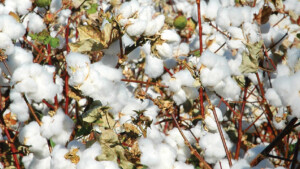COMOL
Benefits of Use:
- May be applied with Huma® Vitol® for a foliar nutrient balance for most crops to overcome stresses caused by severe weather or herbicide and pesticide residues
- Produces coenzymes necessary to convert nitrogen to amino acids for protein synthesis
- Stimulates natural production of enzymes that are required in ascorbic acid synthesis
- Buffers excessive ethylene concentrations in plant tissue
- Essential for nitrogen fixation in legumes (nitrogenase)
Deficiency Symptoms—When to Apply:
- In young plants, stunted growth or yellowish green leaves; in older leaves, light green followed by yellowing, drying, or shedding; often with abundant anthocyanins in the veins; chlorosis of entire leaf
- Shoots short, thin, growth upright and spindly, flowering reduced
- Premature fruit drop of crop; slow fruit development, smaller fruit size or not sufficiently colored
- Poor root system
- Plant stress from weather or chemical residues
- Limited nodule-forming bacteria in legumes
FAQs
Related Products
Related Case Studies

X-Tend® B With Micro Carbon Technology® Improves Barley Yield and Net Income: Year 3
Background Enhanced Efficiency Fertilizer (EEF) additives can improve crop production. Humates have been shown to improve crop yield. The Huma® EEF additive X-Tend® B is a concentrated Micro Carbon Technology® product derived from humates with high levels of organic acids and nutrients that is formulated to be blended in liquid fertilizers or to be impregnated
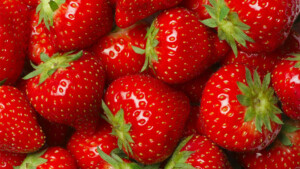
Huma® Ultra-Precision™ Blend Plus Root Dip Increases Strawberry Yields 30%
Objective The purpose of this research project was to evaluate how a special blend of fertilizer solution and a root dip made of Huma® products with Micro Carbon Technology® affect strawberry yield when compared with a control program of grower’s standard fertilizer and a competitor root dip product. Materials & Methods Strawberry cultivar San Andreas

Huma® MicroMate Humic Acid Makes More Blooms, Faster, on Commercial Petunias
Objective Speeding up the maturity timing of flowers and having more flowers on commercial ornamental plants will make them more marketable and help flower growers produce more potted flower plants per year. The focus of this study was to assess the effects of a natural humic product from Huma® called Micromate on the speed of
Related Blog Posts

This Week in Ag #32
Everyone remembers where they were on September 11, 2001. One of my most vivid memories was the week after. I was farming with my dad at the time. He had just started cutting soybeans in a field owned by my wife’s family, situated next to Interstate 74 in western Illinois. I was driving to the

Jason Garcia on Commercial Vegetable Growing with Huma Gro®
With Larry Cooper Vegetable growers in Central Florida are preparing to get their beds ready for planting, so here’s my guide to how Huma Gro® can help growers get their best vegetable crops ever. Bed Preparation It’s become a pretty standard practice for Florida vegetable growers to fumigate their fields, then put down plastic and
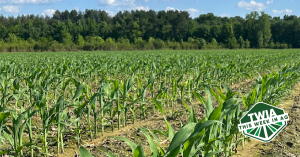
This Week in Ag #66
When asked if he was finished with planting, dad would frequently respond by saying, “the first time.” His cynicism aside, replant decisions can be difficult. This year, too many growers are faced with that decision. If you plant when the soil is cold and wet, you’re inviting problems. But even if you plant in good soil conditions,

